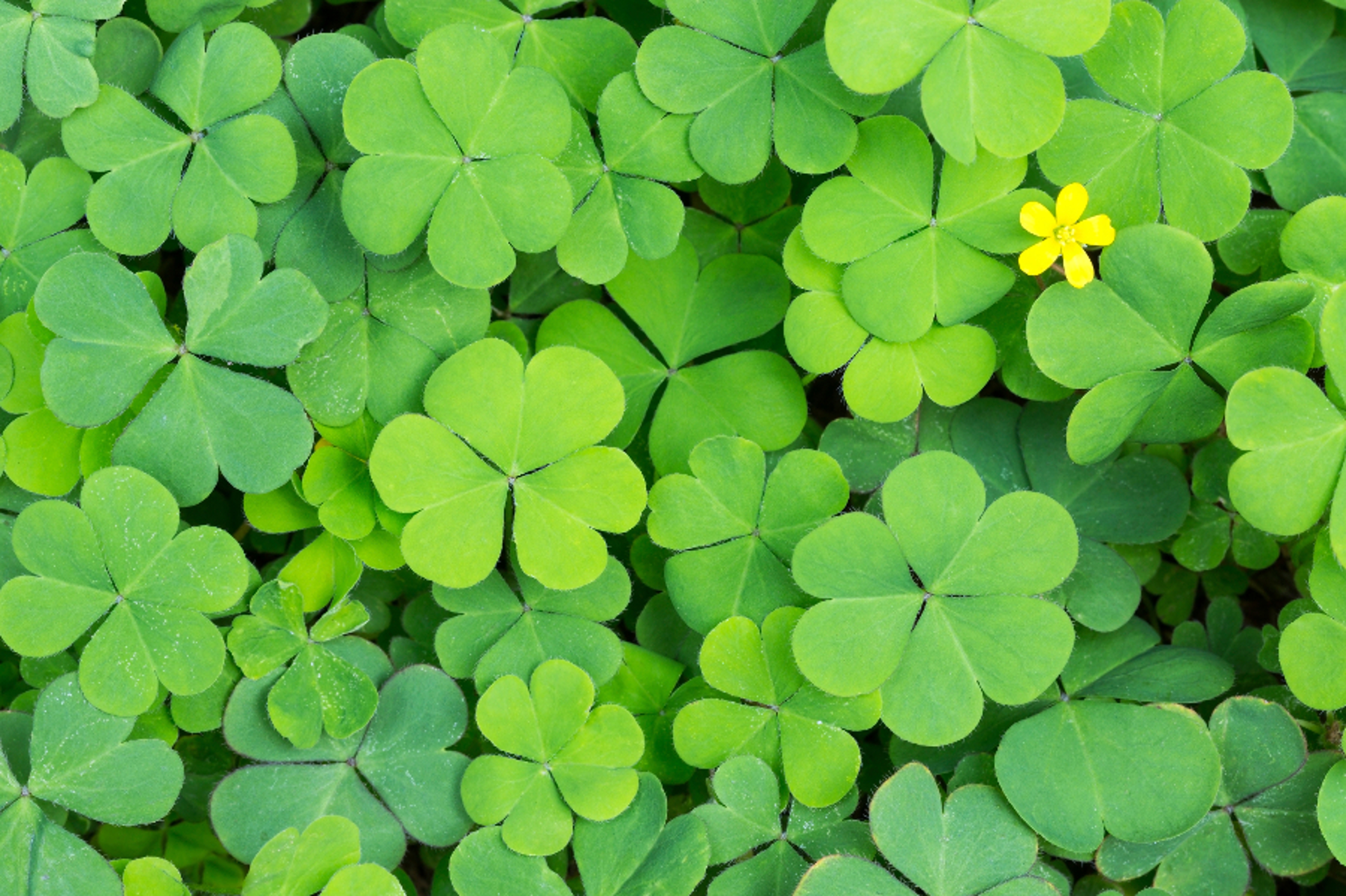10 Fun Facts About Four-leaf Clovers
Feeling lucky? These interesting tidbits will enlighten you about this St. Patrick's Day symbol.
Mar 05, 2016
Now that the hustle and bustle of Valentine’s Day is over, it’s time to look toward the next big holiday on the calendar — St. Patrick’s Day! It's the one day of the year when just about everyone experiences what it means to be Irish. And even if you aren’t actually Irish, you’re probably at least familiar with some of the symbols most commonly associated with the holiday, including four leaf clovers.

But besides what they look like, what do you know about these lucky charms? Before you go crazy digging out all your green clothes and St. Patrick’s Day accessories, read on to learn some facts about four leaf clovers.
- The leaves on four leaf clovers are said to stand for faith, love, hope and luck.
- Four leaf clovers are extremely rare. For every one, there are approximately 10,000 three leaf clovers!
- In Ireland’s early stages, the Druids, or Celtic priests, thought that four leaf clovers had the power to protect them from bad luck.
- In the Middle Ages, young children believed that if they had a four leaf clover in their possession, they would be able to see fairies.
- Although there are no clover plants that naturally produce four leaves, when four leaf clovers do grow, they are a result of a mutation in the white clover plant.
- The phrase “the luck of the Irish” comes from the belief that the majority of four leaf clovers are found in Ireland.
- If you find a four leaf clover and pass it along to someone new, your luck may just double.
- The environment a clover plant is in may contribute to your chances of finding a four leaf clover. If the plant is exposed to certain chemicals, it could increase the likelihood that a mutation will occur and produce a clover with four leaves.
- In 1620, Sir John Melton was the first to reference luck with regard to four leaf clovers in a literary work.
- The fourth leaf on a four leaf clover may appear to be smaller and a different shade of green when compared to the other three.








